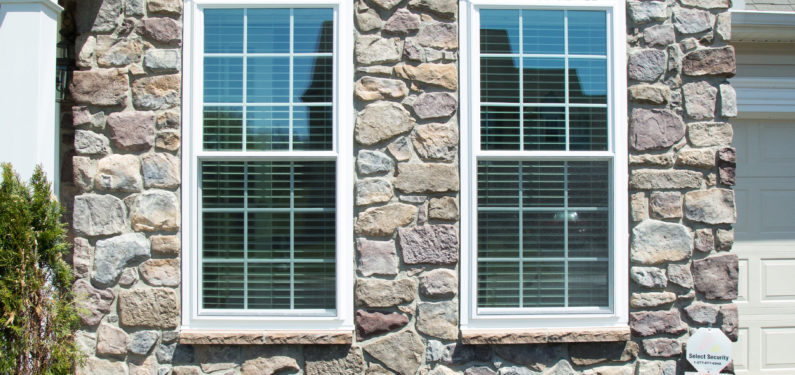
Causes of Window Condensation
Posted on February 22, 2018Condensation can be found in many places of the home. Coffee mugs, reading glasses, shower doors – and it’s completely benign. However, condensation on your windows can be more problematic. Where those beads of water form, and under what conditions, can help you determine their nature. It can mean the difference between normal shower steam and broken insulation. If you find condensation on your windows, check out some of these causes of window condensation before becoming concerned:
3 Types of Normal Window Condensation
Not all window condensation is abnormal. Some daily activities and natural occurrences can cause air molecules to condense. If you are dealing with temporary condensation, there might not be a need to worry just yet:
1. Typical Steam
Windows near showers, dishwashers, and dryers are likely to experience a buildup of condensation. This doesn’t necessarily mean there is an issue with the windows, but you should keep an eye on them. Windows that regularly experience moisture on their interiors may be prone to water damage and rot, so keep them dry when you can. In addition, there might be a problem if they remain foggy for a long period of time after the activity has ended.
2. Miserable Weather
Condensation on the exterior of windows is usually nothing to be concerned about. This is usually caused by precipitation and seasonal shifts. Precipitation will leave water behind that rapidly becomes condensation. Seasonal shifts will influence the temperature and often cause condensation as well. As long as it’s relatively temporary, it’s normal.
3. New Windows
You may also notice more condensation on your windows after you’ve gotten them replaced. As long as they have been properly installed and sealed, your new windows are more airtight than your old ones. Instead of letting air in from the outside, your new windows keep it out and keep more of your heating/cooling inside.
This increases the humidity in your home because you no longer have air leaks, so you may see condensation on your new windows. This should be temporary condensation and tied to a cause, like temperature changes, cooking, showering, etc. If it becomes chronic and excessive, then there is cause for concern.
3 Types of Condensation Issues
When you notice lingering condensation that isn’t explained by the above causes, you may be dealing with something deeper. Here are some scenarios that aren’t normal for condensation to form on windows and indicate you may be dealing with permanent condensation:
1. Moisture Between Panes
If condensation occurs within the window itself, like between its panes, it’s not a normal reaction. Condensation between window panes often indicates a compromised window. Its seal has likely failed, and air from the outside is seeping in. This will lead to lower efficiency, and ultimately will require window repair or replacement.
2. Moisture on the Walls
Moisture on the walls does not tend to be a good sign. If you see condensation on the walls or signs of water damage, like discoloration, mold, mildew, or musty air, your home or basement has excess moisture and it’s causing problems. Replacing your windows oftentimes is a big help, but when moisture is affecting the walls of your home, there may be other problem areas contributing to the damage, like the roof, siding, or doors.
3. No Visible Cause
If you notice chronic condensation on the interior of your window, but there isn’t anything obvious causing it, there might a problem. Issues with deteriorating or improper window insulation and excess moisture in your home are likely culprits, but only a contractor can tell for sure.
These are just a few causes of window condensation. Like a canary in a coal mine, foggy windows are a good indicator of how your windows are holding up. Ignoring issues causes problems with your windows and could also be one of the ways you may be encouraging mold growth in your home. To keep your home efficient, and in good condition, call Zephyr Thomas at 717-399-4708 or stop by for a free consultation to check the integrity of your windows.
